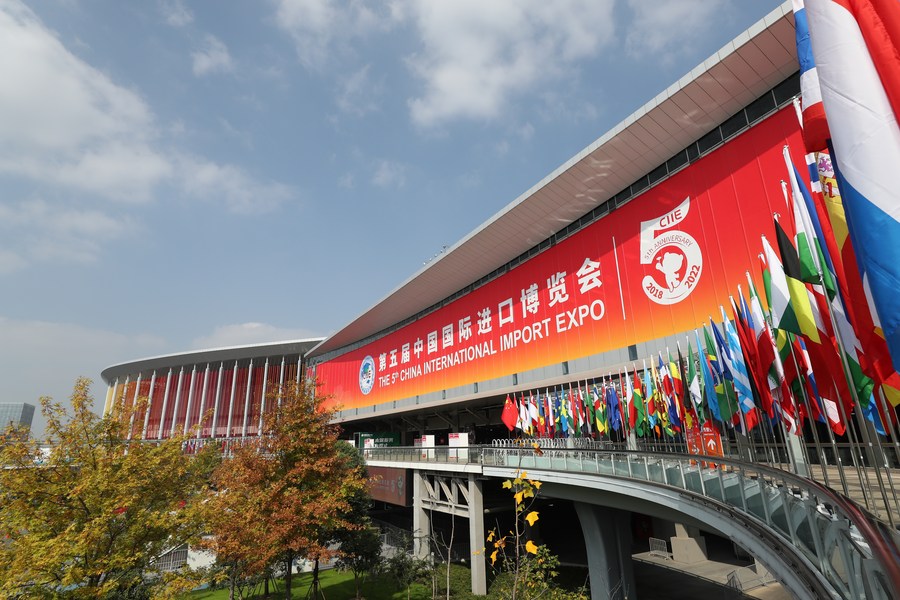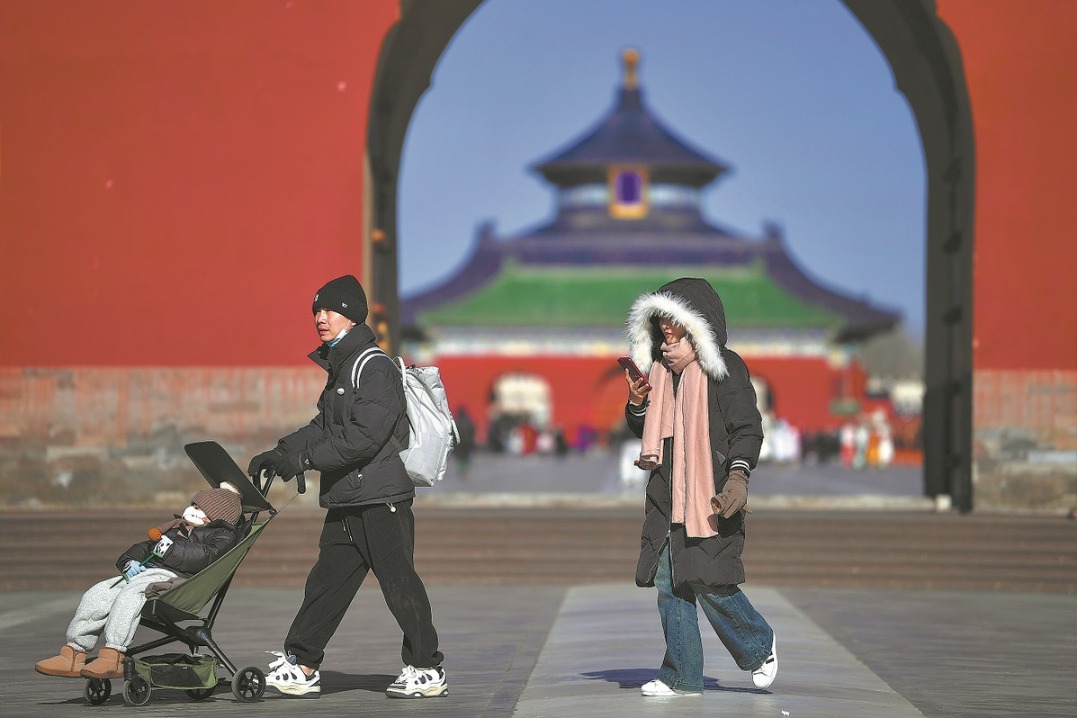China's committed opening-up and prospect for BRI countries
By Rosy Shahjahan | chinadaily.com.cn | Updated: 2022-11-24 10:26

The China International Import Expo (CIIE), held in Shanghai from November 5 to 10, is the first national-level expo of its kind in the world to focus on imports and exports and a fantastic platform exploring growth in the 1.4 billion people Chinese market which has more than 400 million middle-class residents.
The CIIE's holding is crucial for China to show its dedication to high-level opening-up. It is widely considered as a worldwide public good, the foundation of multilateral trading and a key tool for creating a community with a shared future for mankind.
In the last five years, hundreds of thousands of customers and tens of thousands of exhibitors have flocked to Shanghai to take advantage of the Expo. Every November, worldwide enterprises must attend the CIIE because of its expanding exposition area and impact. The top executives from businesses, governments and trade organizations throughout the world attend the CIIE. Food and agricultural products, intelligent and information technology, medical equipment, healthcare products, consumer goods, trade in services and automobiles are among the exhibiting sectors featured at CIIE.
Scheduled against the backdrop of COVID-19, the CIIE showcases China's confidence and its bright economic prospects. No other event in the world provides a better stage with such scale and influence for Asian and global product debuts.
As the CIIE entered its fifth year, more and more nations are taking part in the Belt and Road Initiatives and, notably, the least developed ones are turning their attention to the Chinese market. "I think that Afghan products are still not well-known in China, while the CIIE provides us a platform to show our products. The chinese market is gradually getting to know and recognize us at present," shared a participant from war-torn Afghanistan after attending the CIIE that paved the way for Afghan pine nuts to be familiar to Chinese consumers. For many developing countries like Afghanistan, the CIIE provides a platform with opportunities in the Chinese market, opportunities that otherwise would not be available to them.
Due to COVID-19 epidemic, climate change, war and geopolitical rivalry presented by rising military alliances - South Asian developing countries are currently facing issues of economic vulnerability. The ability of the economic and investment sectors to sustainably promote international trade is also being constrained by an increasing trend of trade protectionism with new hidden obstacles and de-globalization in the global market.
In this situation, China's opening-up and cooperative policy gives a ray of hope for common prosperity and quicker economic growth. China is Bangladesh's top trading partner. According to official data, China and Bangladesh's bilateral trade increased to more than $25 billion last year, growing at a rate of 58 percent. For the first time ever, Bangladesh exported more than $1 billion to China last year.
It is hoped that more Bangladeshi businessmen will take advantage of the opportunity to increase exports because China has adopted a zero-tariff treatment for 98 percent of taxable items exported to China from Bangladesh. Bangladesh's export potential in China has not been fully realized despite having duty-free market access due to a lack of diversified export products. Bangladesh's share in the total Chinese goods imports is 0.04 per cent. Experts said that if Bangladesh could increase its share to 1 per cent, the amount would be $27 billion as China imported goods are worth $2.7 trillion a year.
Market specialists often advised that Bangladesh needs Chinese market-oriented investment to boost exports and must familiarize its products to the Chinese market before LDC graduation in 2026 to tackle the economic challenges.
Besides, Bangladesh has established a special economic zone for Chinese investors in the bustling commercial district, Chottogram, and direct shipping between china and Bangladesh has started from April 27 this year that is expected to decrease transit time in half, from 25 days to 12 days. Currently, Bangladesh sources 80-90% of RMG raw materials from China, brought by container ships. Both importers and exporters will benefit from the service because it will greatly reduce their freight costs for China-Bangladesh bilateral trade.
So, the CIIE is a must-attend expo for Bangladesh and they have been a keen participant since its inception, which offers the ability to comprehend Chinese market and investigate prospective export growth by acquainting Bangladeshi products.
Through the CIIE, more nations will be able to take advantage of China's development possibilities. For the participants, CIIE offers not only the chance to expand their business in China but also in the global arena. It is expected that this grand event will emerge as an alternative to the current trade platforms of the world in near future.
Rosy Shahjahan is a researcher and freelance writer (Economic Affairs) in Dhaka, Bangladesh. The views do not necessarily reflect those of China Daily.
If you have a specific expertise, or would like to share your thought about our stories, then send us your writings at opinion@chinadaily.com.cn, and comment@chinadaily.com.cn.
























